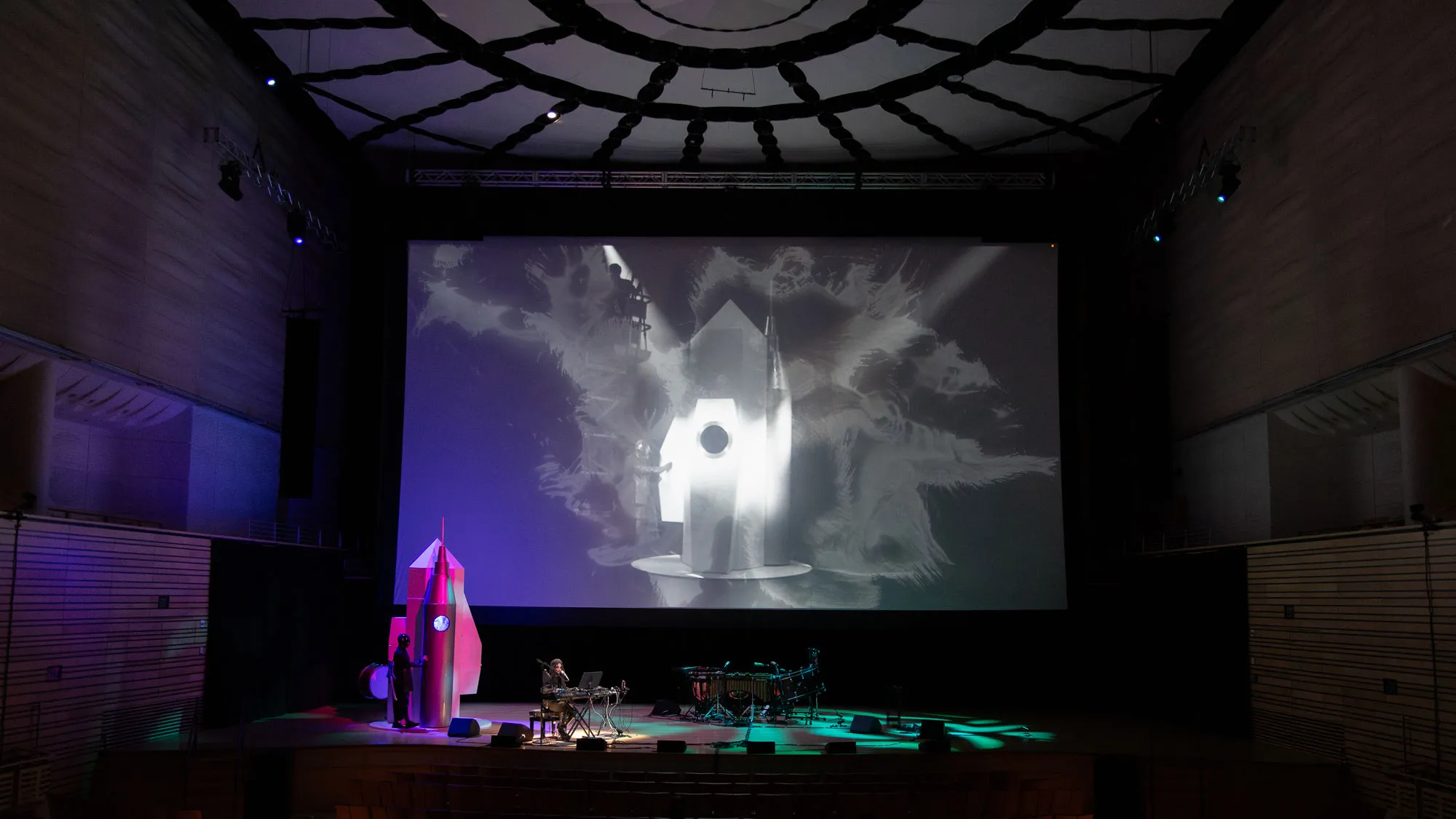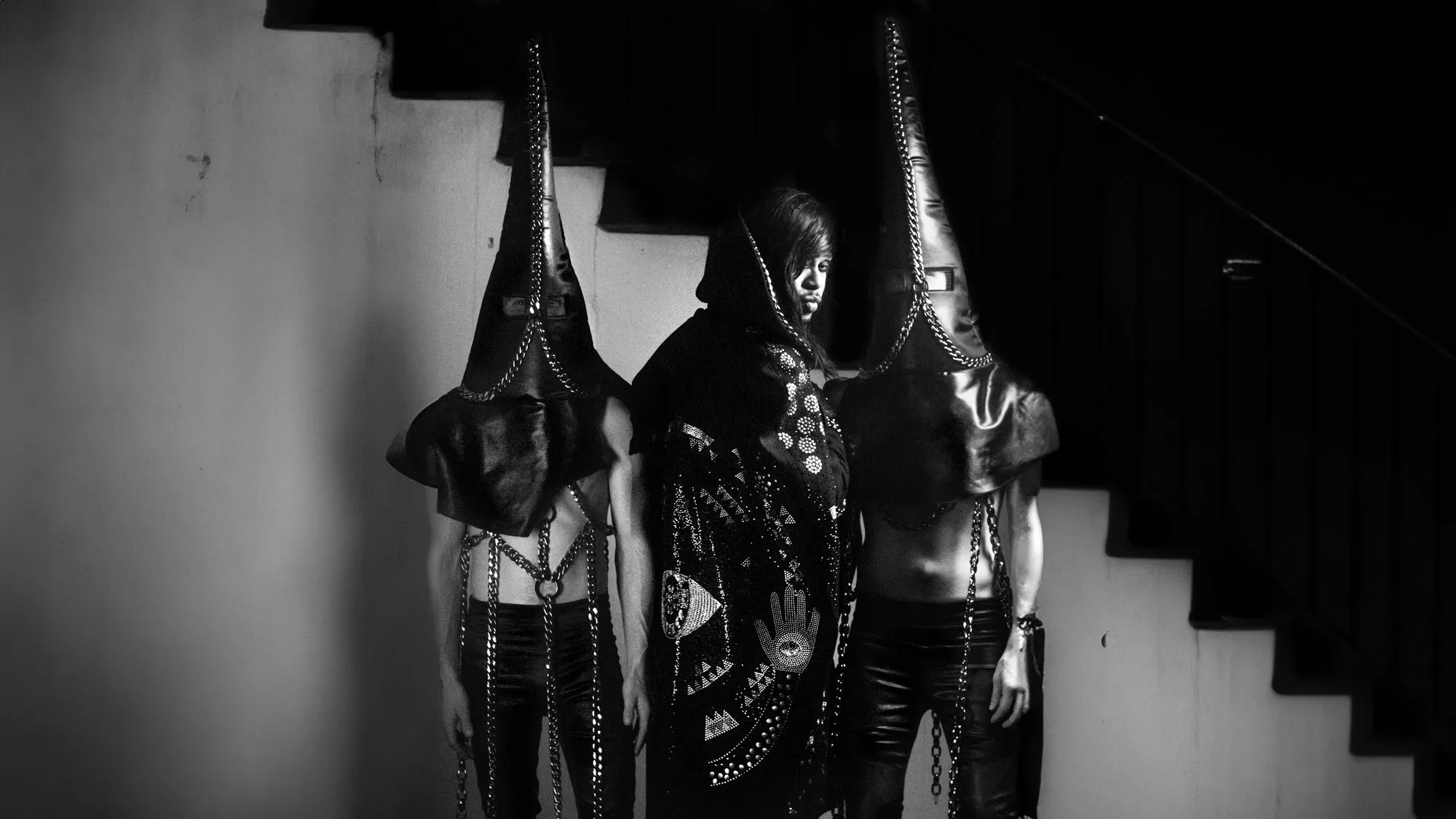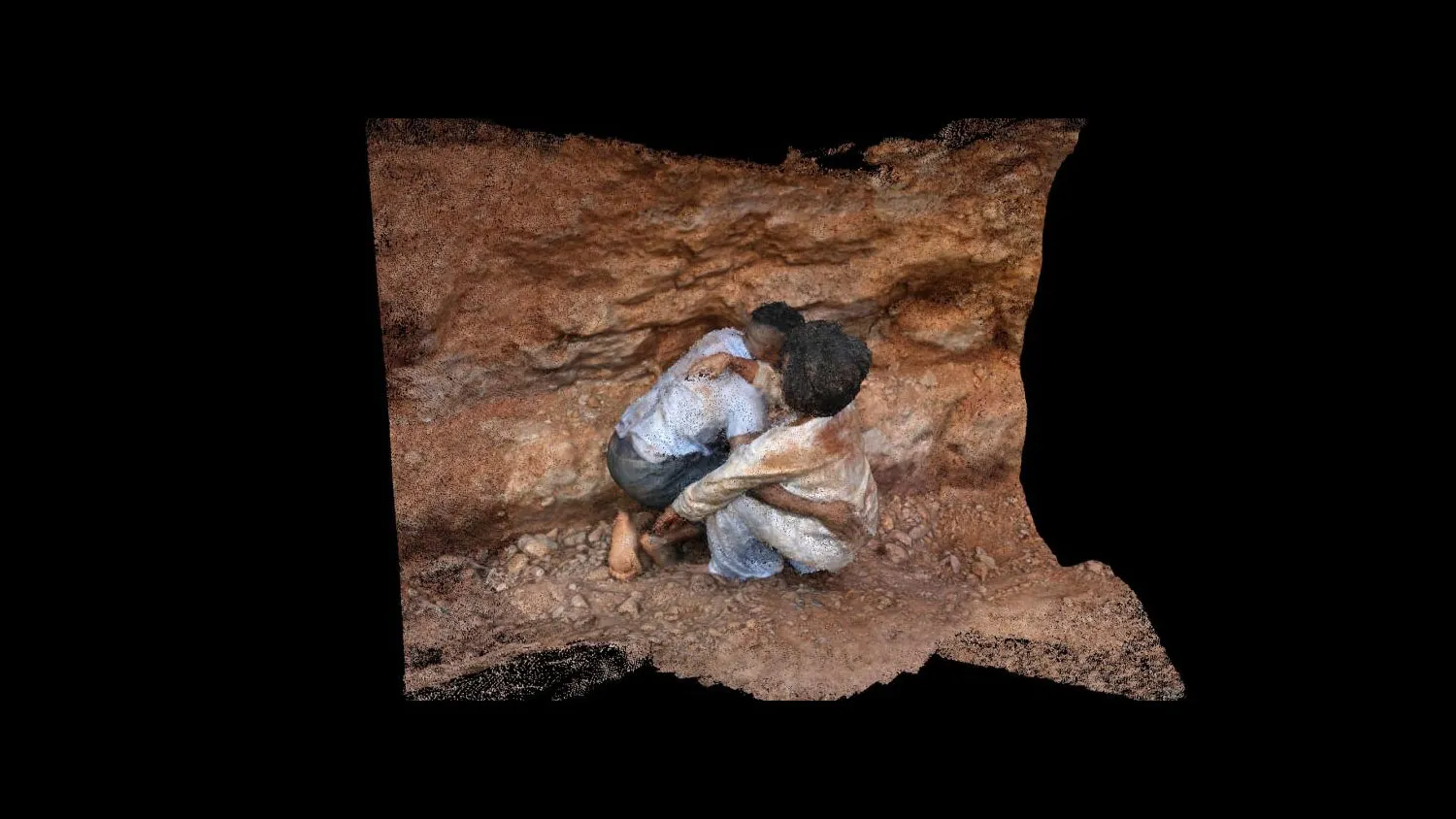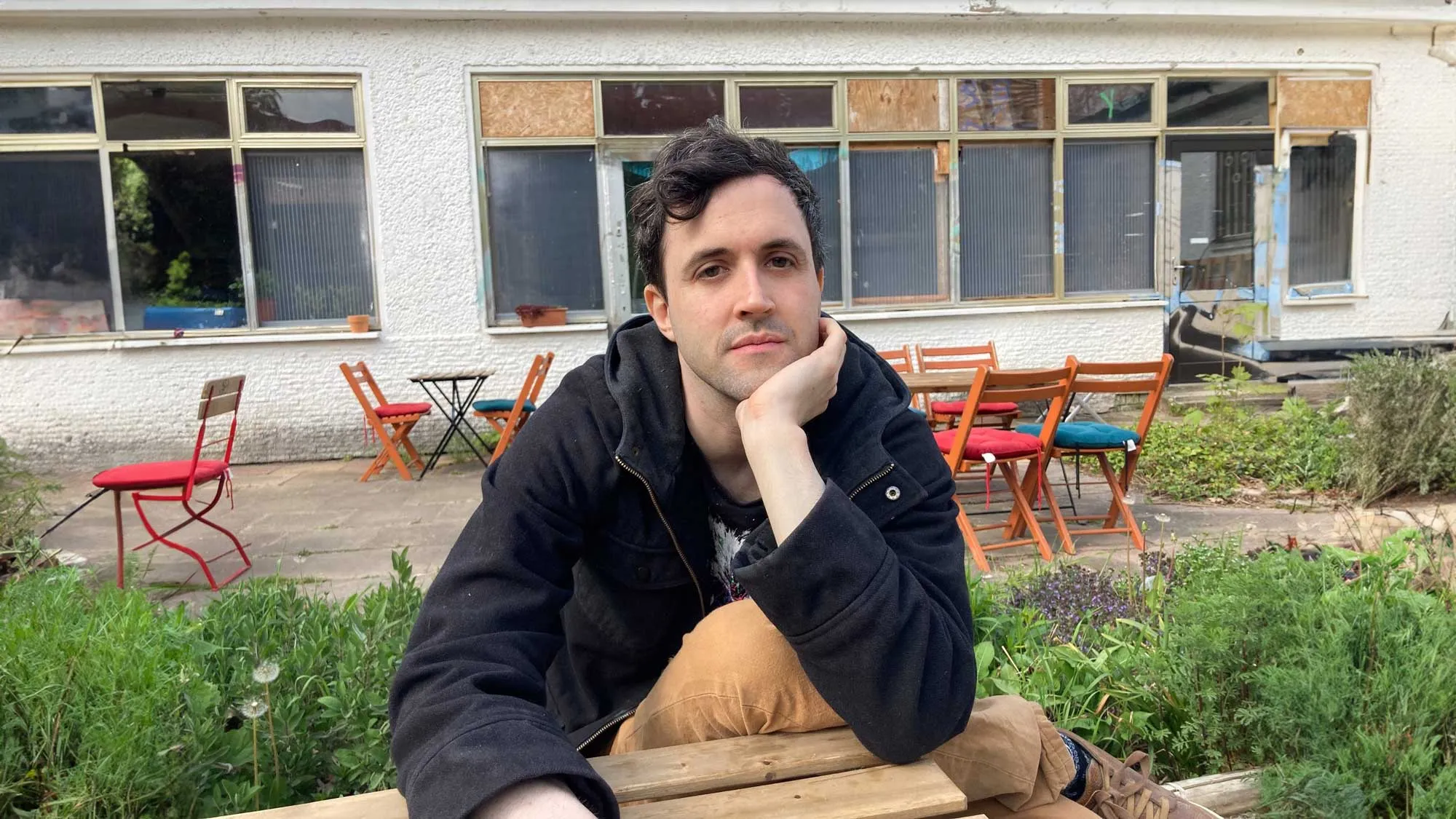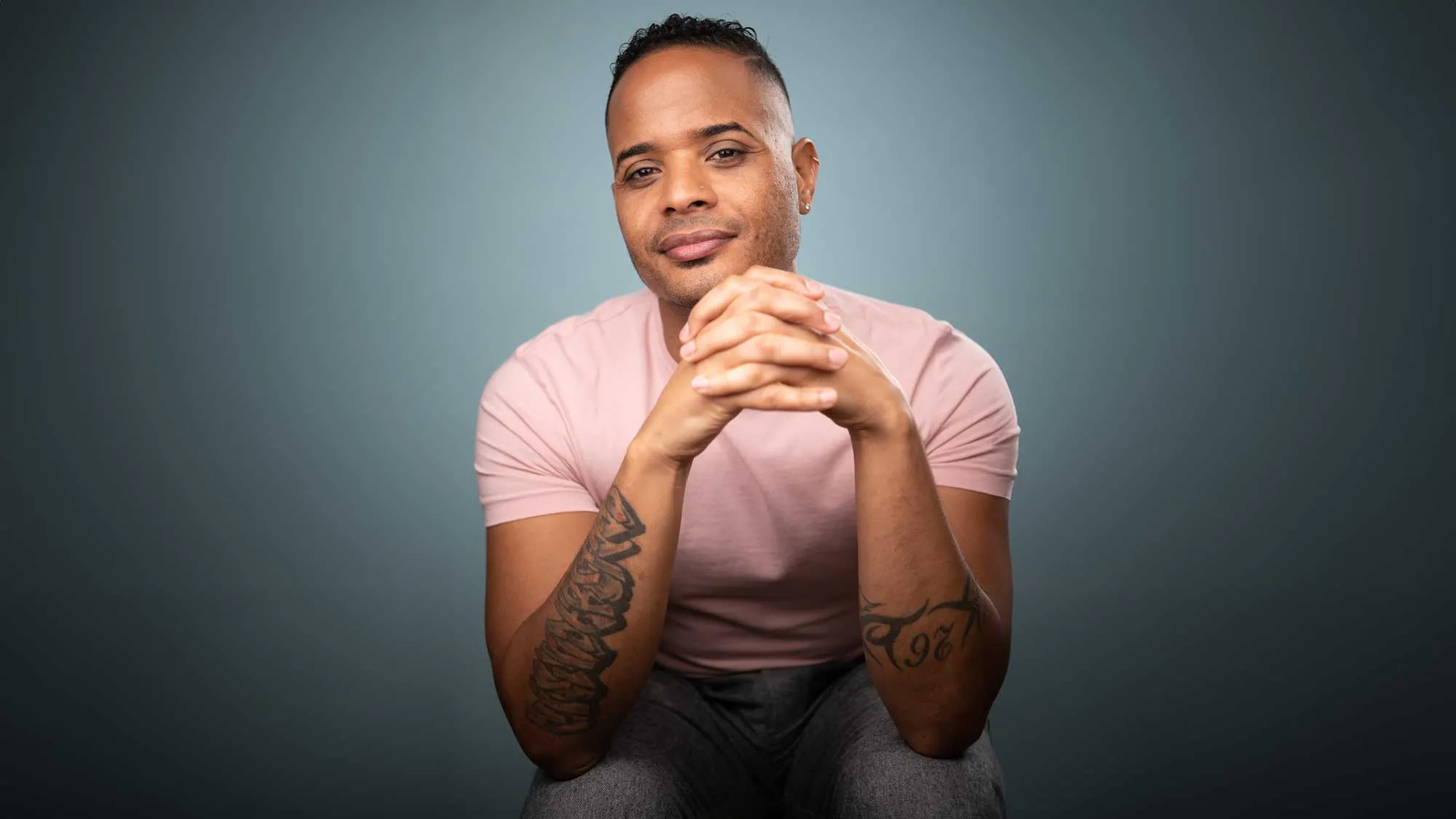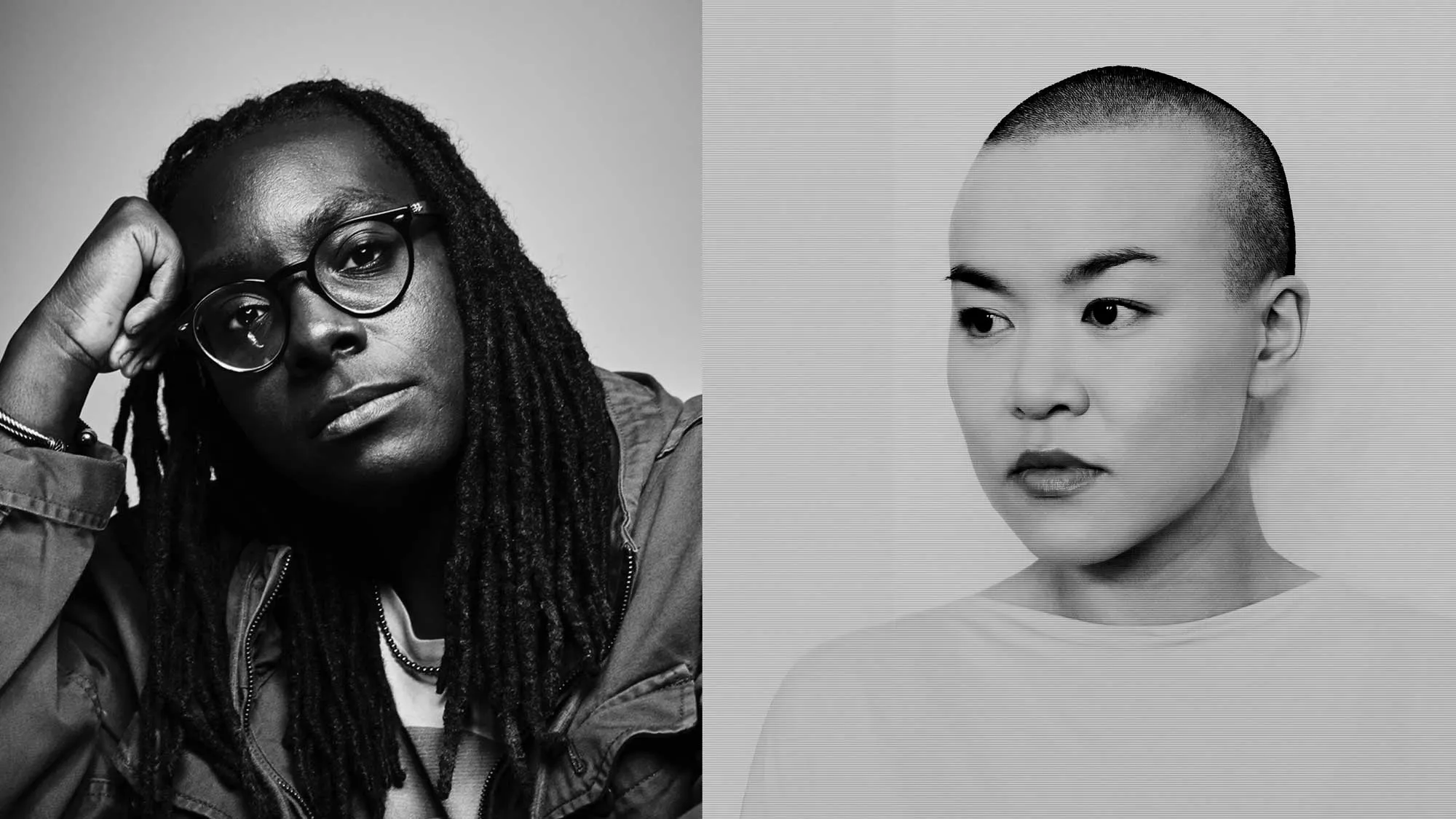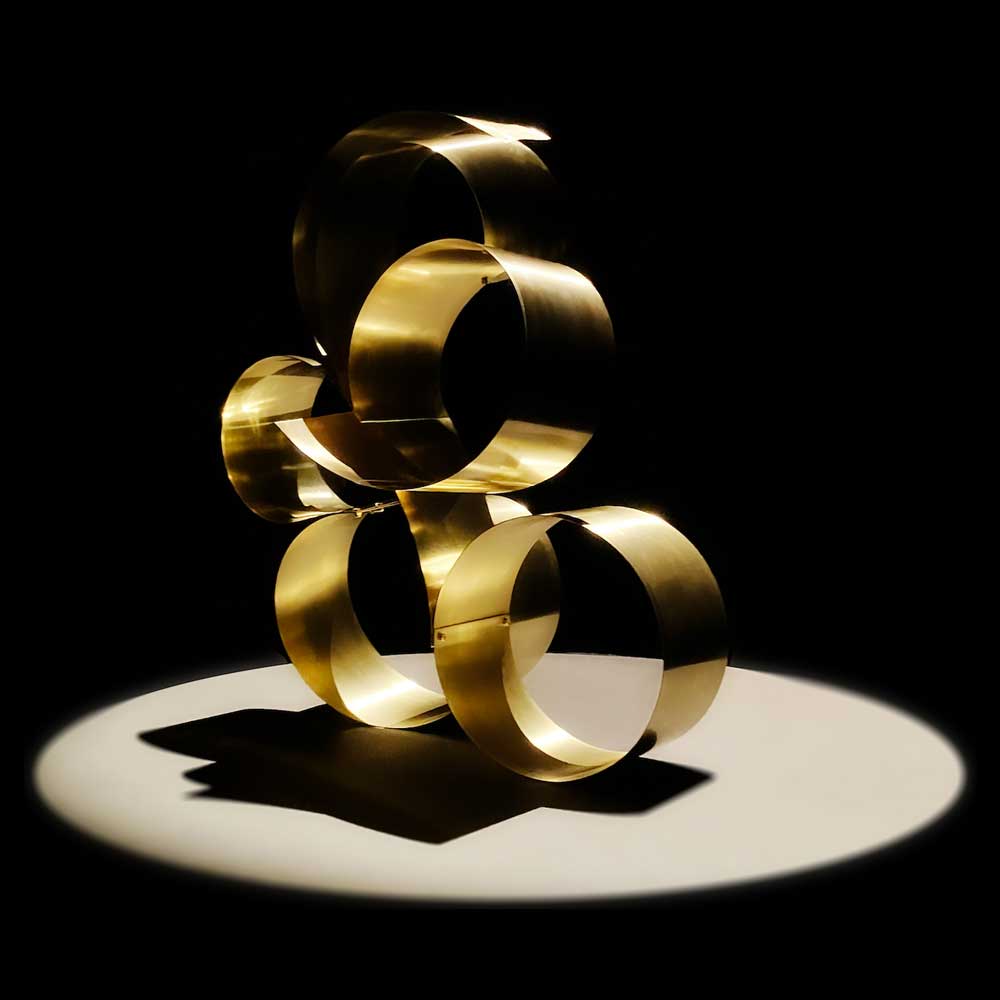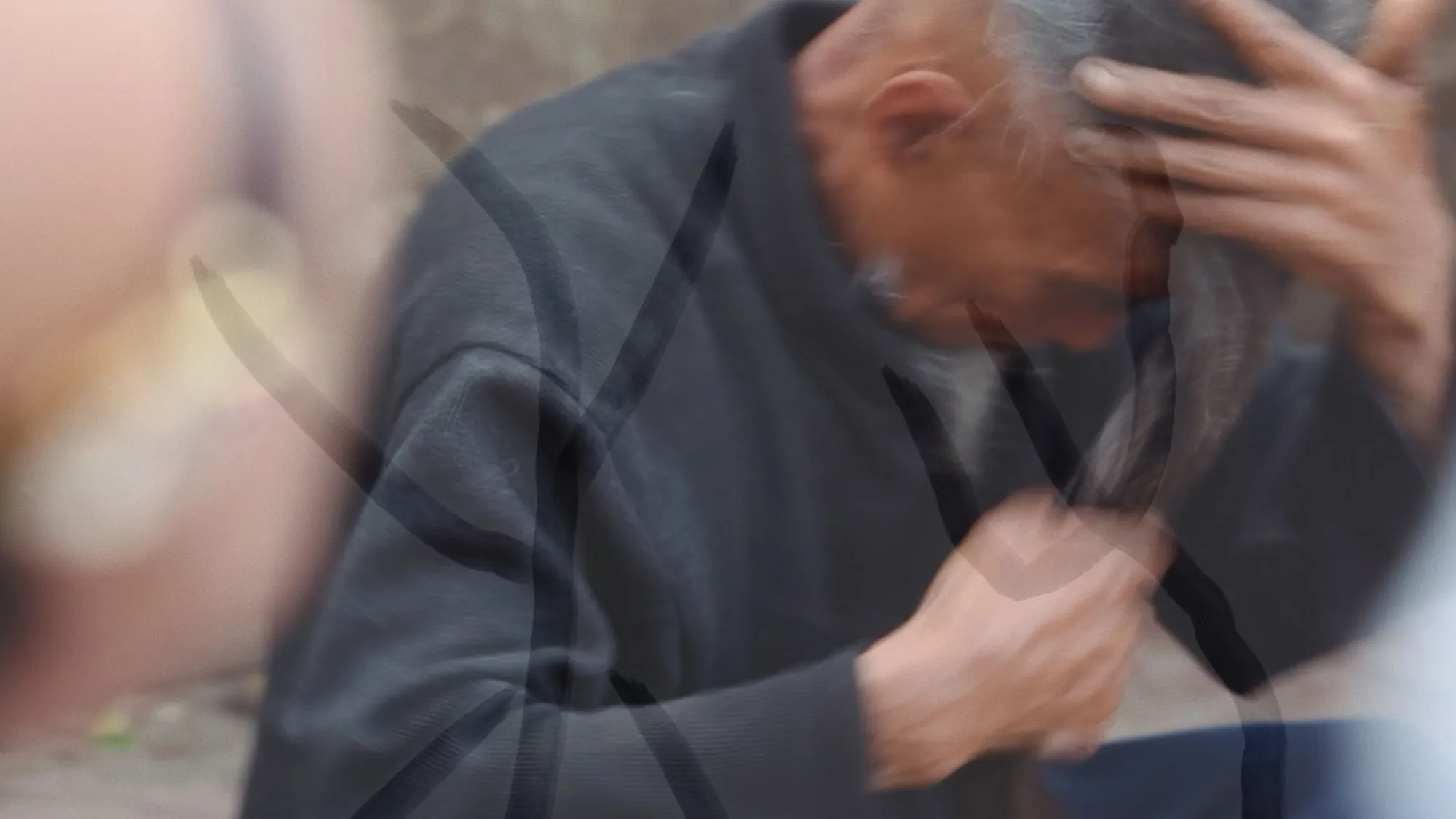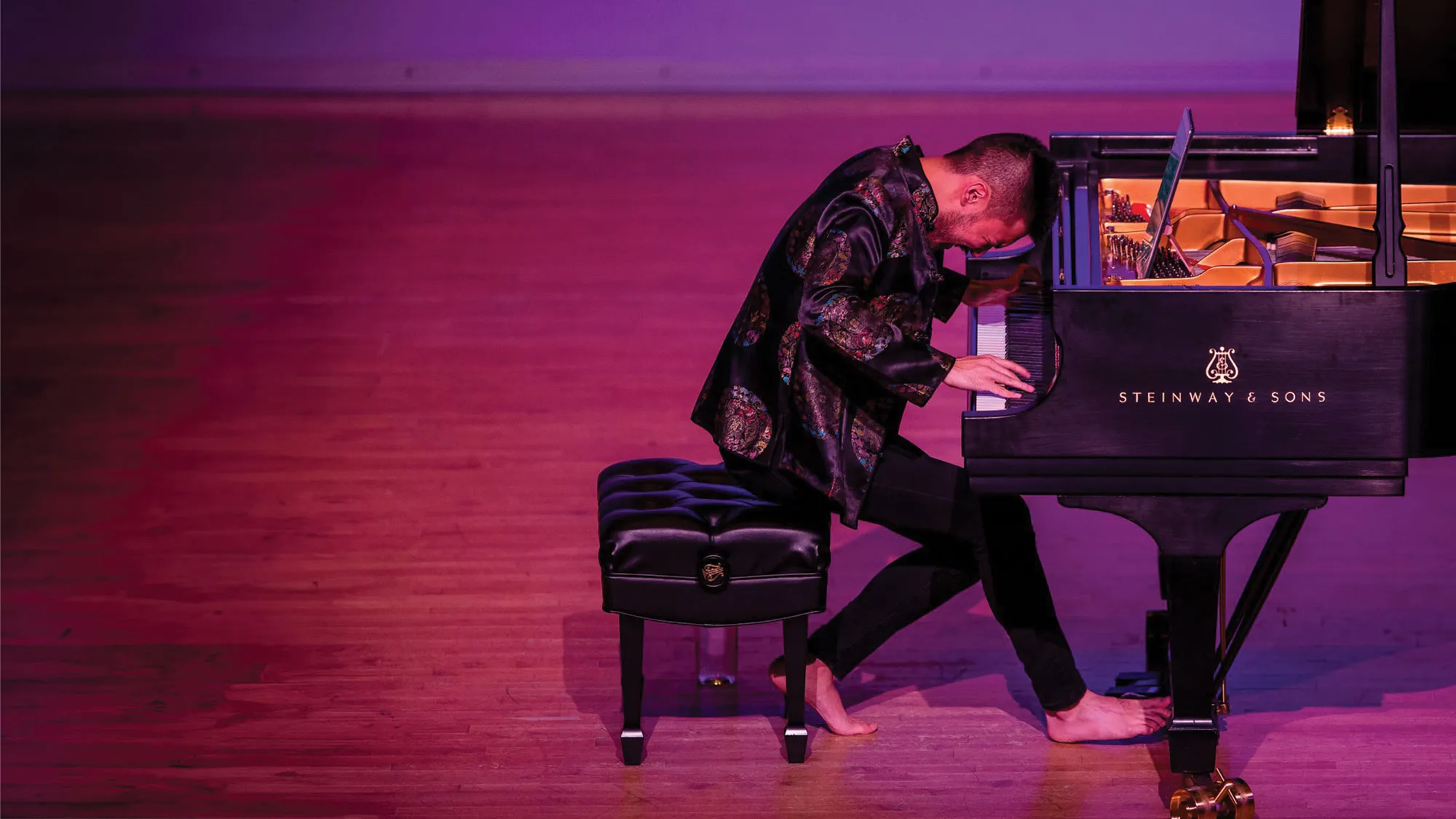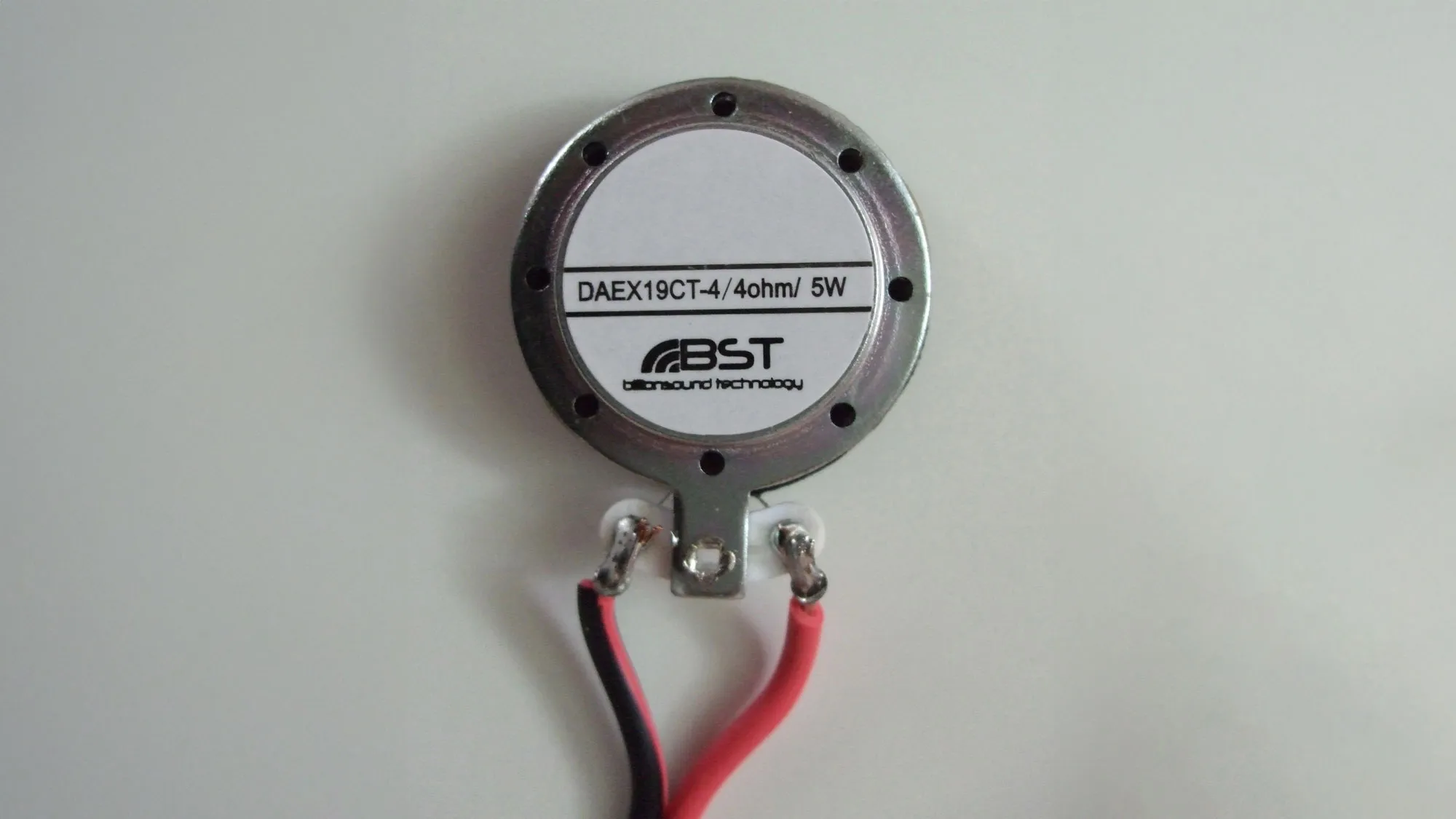
Reembodied Sound 2024
Co-presented by the Rensselaer Department of Arts and the curatorial program EMPAC, Reembodied Sound 2024 brings together composers, sound artists, scholars, researchers, engineers, and audiences to investigate issues of aesthetics, ethnography, technical design, compositional techniques, and pedagogy. The symposium and festival of transducer-based music and sound art aims to share practical information, inspire artists with new tools and possibilities, and lay a foundation for scholarly discourse and technological investigation in this burgeoning field through presentations, sound art installations, and a final concert.
In simplest terms, a transducer is a device that converts one form of energy into another form. In the wake of composer John Cage’s work, everyday items, anything from household appliances to industrial detritus, became ripe for musical exploration. In 1973, Cage’s colleague and collaborator David Tudor created Rainforest IV, which used surface speakers—an electric transducer—to excite the sonic possibilities of such objects. 50 years later, music which utilizes speaker transducers has become more ubiquitous, able to unlock the musical potential of the world around us.
Main Image: Photo: Matthew Goodheart, 2017.
